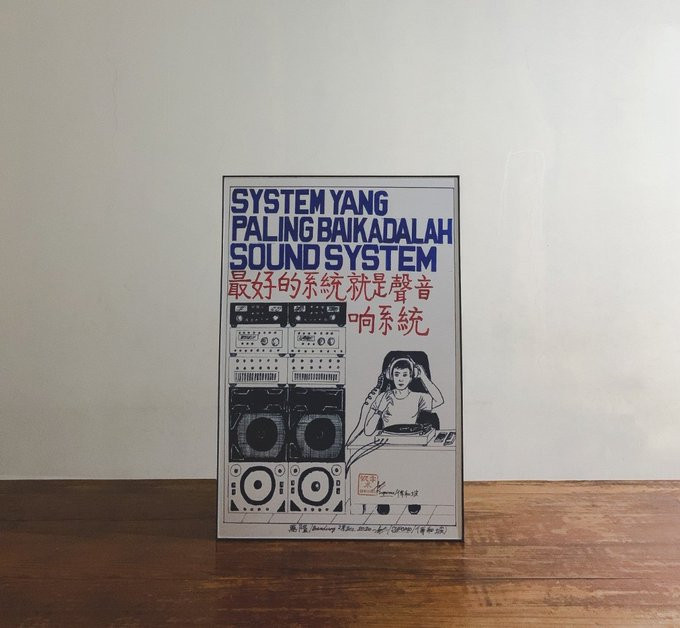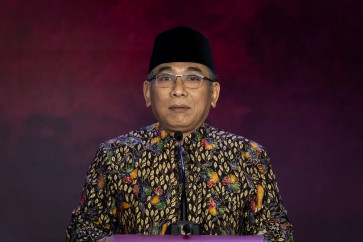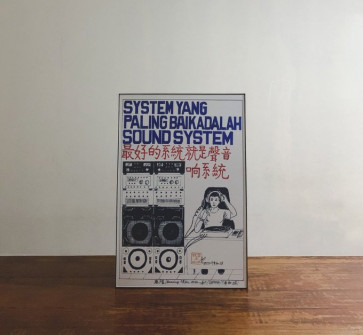Popular Reads
Top Results
Can't find what you're looking for?
View all search resultsPopular Reads
Top Results
Can't find what you're looking for?
View all search resultsSenikanji: How a Chinese-Indonesian factory worker in his 60s became Indonesia's hippest illustrator
Change text size
Gift Premium Articles
to Anyone
S
upomo’s modest style of illustration, its Chinese character hand-lettering, and his son Yulius’ witty captions, made him a household name. Along the way, a once-distant father and son relationship blossomed.
Supomo (Chinese name: Pouw Ho Po) was born in Indramayu in 1955 into a life full of difficulty. Moving to Bandung at the tender age of 16 for work, Supomo’s first job was to carry sacks of rice. He then moved to working at a car dealer listing vehicle spare parts. At the age of 30, Supomo married and became a father of two. To provide, he kept working unskilled labor jobs for very little money – ultimately doing so until old age.
Little would Supomo guess that very late in his life, his modest hobby of drawing would become something bigger, leading his illustrations to be featured by hip fashion brands, published on T-shirts, tote bags and even on the walls of urban coffee shops across the country – making him a household name among young people and artists less than half his age.
“Many thought my father was a fine art major,” Yulius Iskandar, Supomo’s 37-year-old son said, "he didn’t even finish middle school.”
Supomo had always been into drawing, as far as Yulius could remember, but never turned it into anything beyond a personal release of creativity.
“He would draw on the back of ripped calendars or his children’s old school notebooks after coming home from a day of work in the factory,” he said.
In 2005, through the connection of his superior at work, Supomo – who, like many Chinese-Indonesians, never mastered the Chinese language – ended up taking Mandarin lessons for a few months. After that, he would start incorporating kanji, the logographic characters from Chinese script, into his drawings.



















